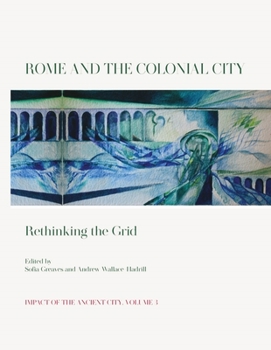Rome and the Colonial City: Rethinking the Grid
According to one narrative that received almost canonical status a century ago with Francis Haverfield, the orthogonal grid was the most important development of ancient town planning, embodying values of civilisation in contrast to barbarism, diffused in particular by hundreds of Roman colonial foundations. Its main legacy to subsequent urban development was the model of the grid city, spread across the New World in new colonial cities. This book explores the shortcomings of that all too colonialist narrative and offers new perspectives. It explores the ideals articulated both by ancient city founders and their modern successors; looks at new evidence for Roman colonial foundations to reassess their aims; and considers the many ways post-Roman urbanism looked back to the Roman model with a constant re-appropriation of the idea of the Roman.
Format:Hardcover
Language:English
ISBN:1789257808
ISBN13:9781789257809
Release Date:April 2022
Publisher:Oxbow Books Limited
Length:432 Pages
Weight:2.60 lbs.
Dimensions:1.1" x 6.5" x 9.5"
Customer Reviews
0 rating





